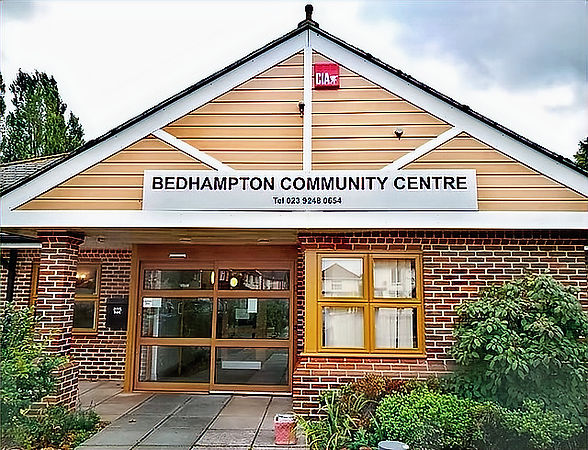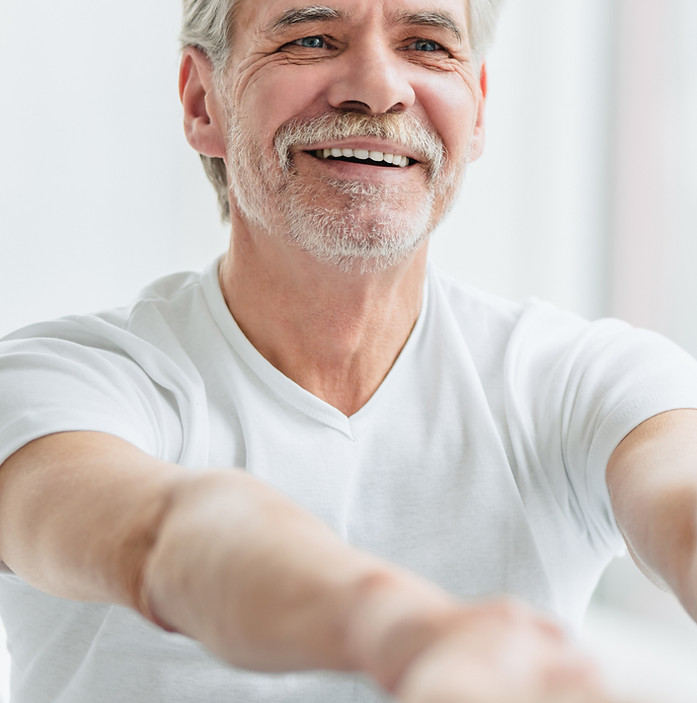Somatic Movement Practitioner.
Integrative Yoga Facilitator.
Intercultural Competence Trainer.
Interdisciplinary Researcher.
+44 74933 97563

Stroke Support Through
Yoga & Somatic Practice
Movement is the song of the body.
When we move with care, we remember ourselves anew.
Grow Your Vision
Research Insights
Stroke survivors often face lasting physical, cognitive, and emotional challenges. Emerging research highlights how integrating yoga and spirituality into rehabilitation can support recovery by enhancing motor function, mood, and cardiovascular health (Sanchetee, 2022). Yoga-based approaches have also been linked to improved balance, executive function, and psychological well-being in both early and chronic stages of stroke recovery (Kashyap et al., 2023; Schmid et al., 2012). These findings suggest that holistic, body–mind practices offer meaningful and accessible support alongside conventional care.
References
Kashyap, M., Sharma, A., Garg, R., Singh, R. & Kumar, V., 2023. Effect of early yoga practice on post-stroke cognitive impairment: A randomized controlled trial. Annals of Indian Academy of Neurology, [online] 26(2), pp.231–236. Available at: https://www.ncbi.nlm.nih.gov/pmc/articles/PMC10081555/ [Accessed 5 August 2024]. Sanchetee, P., 2022. Role of yoga and spirituality in stroke rehabilitation. In: D. Chhabra, ed. Post-Stroke Rehabilitation. London: IntechOpen. Available at: https://www.intechopen.com/chapters/83448 [Accessed 1 June 2025]. Schmid, A.A., Van Puymbroeck, M., Altenburger, P.A., Dierks, T.A., Miller, K.K., Damush, T.M. & Williams, L.S., 2012. Post-stroke balance improves with yoga: A pilot study. Stroke Research and Treatment, [online] 2012, pp.1–8. Available at: https://www.ncbi.nlm.nih.gov/pmc/articles/PMC6486003/ [Accessed 31 July 2025].

Stroke Support:
Somatic Practice & Yoga
Yoga and somatic practices offer gentle, adaptable approaches that can support recovery and wellbeing following a stroke. Grounded in mindful movement and breath awareness, these practices work holistically to support both physical rehabilitation and emotional resilience (Lynton et al., 2023).
They can be tailored to a wide range of abilities and are particularly beneficial for improving mobility, balance, coordination, and body awareness. Research suggests that regular movement-based practices can enhance motor recovery and postural control following a stroke (Rajaratnam et al., 2013). Additionally, these approaches can help reduce anxiety, improve sleep, support mood regulation, and foster a sense of confidence and empowerment in the healing process (Lawrence et al., 2017).
Whether used alongside physiotherapy or as part of a long-term wellbeing plan — and whether offered in a small group or one-to-one setting — somatic and yogic practices provide accessible tools to support individual needs. They can assist in reconnecting with the body, restoring a sense of calm and agency, and promoting a feeling of wholeness during recovery.
Mobility, Balance & Strength
After a stroke, you may experience changes in mobility, balance, or muscle coordination. Yoga and somatic practices offer slow, steady movement sequences to help retrain motor patterns, develop postural stability, and build functional strength — at your own pace. Research suggests that yoga can enhance both static and dynamic balance, improve strength, and increase range of motion in stroke survivors (Lynton et al., 2023). Repeating gentle movements with focused breath also supports the re-establishment of mind–body connection and proprioception — the sense of where your body is in space. Breath-based practices may further support cognitive recovery: a recent review found that structured breathing exercises can contribute to improvements in cognitive function after stroke (Zhao et al., 2023).
Flexibility & Postural Awareness
Changes in muscle tone or movement patterns following a stroke can affect posture and alignment, leading to tension or asymmetry in the body. Yoga and somatic movement can gently support flexibility in key areas such as the hips, spine, and shoulders, while improving awareness of how the body moves and holds itself. With consistent, supported practice, many individuals experience improved range of motion and a renewed sense of physical ease and balance in daily life (Lawrence et al., 2017).
Mind–Body Connection & Emotional Wellbeing
The emotional and cognitive impacts of stroke are just as important to attend to as the physical. Practices such as Yoga Nidra (guided relaxation), somatic awareness, and pranayama (breathwork) may help reduce anxiety, support emotional regulation, and improve sleep quality (Rajaratnam et al., 2013). These approaches gently activate the parasympathetic nervous system, supporting the body’s natural capacity to rest, repair, and restore.
Confidence & Connection
Rebuilding trust in your body after stroke takes time — but you don’t have to do it alone. Whether through one-to-one sessions or within a small, supportive group, these practices offer space for connection, encouragement, and empowerment. Over time, many clients report feeling more grounded, confident, and connected — both to themselves and to others.
References
Cramer, H., Lauche, R., Haller, H., Langhorst, J. and Dobos, G., 2013. Yoga for stroke rehabilitation: a systematic review and meta-analysis. Evidence-Based Complementary and Alternative Medicine, 2013, Article ID 485276. [online] Available at: https://doi.org/10.1155/2013/485276 [Accessed 23 July 2024]. Lawrence, M., Celestino Junior, F.T., Matozinho, H.H., Govan, L., Booth, J. and Beecher, J., 2017. Yoga for stroke rehabilitation. Cochrane Database of Systematic Reviews, 2017(12), CD011483. [online] Available at: https://doi.org/10.1002/14651858.CD011483.pub2 [Accessed 12 March 2025]. Lynton, H., et al., 2023. Body–mind practices for people living with neurological and mental health conditions: A scoping review. BMJ Open, 13(2), p.e067439. [online] Available at: https://bmjopen.bmj.com/content/13/2/e067439 [Accessed 21 July 2025]. Rajaratnam, B.S., et al., 2013. Role of yoga in improving functional outcomes post-stroke. Indian Journal of Clinical Anatomy and Physiology, 10(2), pp.65–69. [online] Available at: https://www.indianjournals.com/ijor.aspx?target=ijor:ijcap&volume=10&issue=2&article=004 [Accessed 5 June 2025]. Zhao, Y., et al., 2023. The effect of breathing exercises on cognitive function in stroke survivors: A systematic review. Frontiers in Psychology, 14, p.1162895. [online] Available at: https://doi.org/10.3389/fpsyg.2023.1162895 [Accessed 4 Aug. 2025].
Community Connection:
Havant Stroke Club
I teach a monthly movement session at the Havant Stroke Club, hosted at Bedhampton Community Centre — a welcoming local group offering a wide range of supportive activities for people recovering from stroke. The club meets every Monday from 10am to 12pm and provides a friendly space for shared experience, light refreshments, and accessible, inclusive activity.This setting offers a meaningful opportunity to explore gentle movement within a supportive community environment.

Image courtesy of Bedhampton Community Centre via Yell.com

Individual Support Services
I offer personalised yoga and somatic movement sessions tailored to the unique needs of individuals recovering from stroke.
These one-on-one sessions focus on:
-
Adapted Movement Practices: Gentle yoga poses and somatic exercises designed to support mobility, balance, and coordination.
-
Breathing Techniques: Exercises to improve respiratory function, cognitive focus, and reduce stress.
-
Mindfulness and Relaxation: Practices such as guided meditation and breath awareness to promote emotional balance and overall well-being.
-
Education and Empowerment: Guidance on safely integrating these practices into daily life for sustained recovery and confidence.
How to Get Started
Sessions are available in-studio or in the comfort of your own home — everything is tailored to where you are, and no previous experience is needed. Yoga postures and somatic movement techniques can safely be adapted for individuals with limited mobility or one-sided weakness, with the use of props, seated positions, or supine movement work.
If you or a loved one are recovering from stroke and would like to explore yoga and somatic practices as part of your healing journey, you're warmly invited to get in touch.
